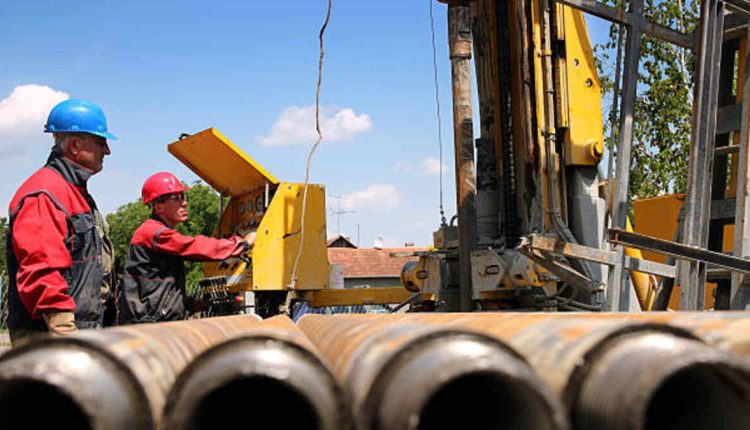Oil extraction is a vital process in the production of edible and industrial oils from various seeds and nuts. This blog provides a detailed explanation of the oil extraction process from raw materials to the final product using various oil mill machines. Understanding this process can help you optimize your production and ensure high-quality oil output.
1. Selection and Preparation of Raw Materials
Step 1: Selection
- Choose high-quality seeds or nuts appropriate for the type of oil you want to produce. Common raw materials include soybeans, sunflower seeds, peanuts, rapeseed, and olives.
Step 2: Cleaning
- Clean the raw materials to remove impurities such as dust, stones, and plant debris. This can be done using mechanical cleaners or screens.
Step 3: Drying
- Ensure the raw materials are adequately dried to reduce moisture content. Excess moisture can negatively impact the oil extraction process and the quality of the oil.
2. Crushing and Dehulling
Step 4: Crushing
- Use a crusher or grinder to break the raw materials into smaller pieces. This increases the surface area for the oil extraction process.
Step 5: Dehulling
- Remove the hulls or outer shells of the seeds. This can be done manually or using dehulling machines. Dehulling improves oil yield and quality.
3. Conditioning
Step 6: Heating
- Heat the crushed and dehulled seeds to soften them and prepare them for oil extraction. This step, known as conditioning, helps in breaking down cell walls and facilitates the release of oil. Conditioning can be done using steam or dry heat.
4. Oil Extraction
Step 7: Pressing
Cold Pressing
- For oils that need to retain their natural flavors and nutrients (e.g., olive oil), cold pressing is used. This method involves pressing the seeds at low temperatures, typically below 49°C (120°F).
Hot Pressing
- For higher oil yields, hot pressing is employed. The seeds are heated to a higher temperature before pressing, which helps in extracting more oil but may affect the flavor and nutrient content.
Step 8: Mechanical Extraction
- Use an oil expeller or screw press to extract the oil. The machine applies pressure to the raw materials, squeezing out the oil. The residue left after this process is known as oil cake, which can be used as animal feed or for other purposes.
Step 9: Solvent Extraction (Optional)
- For seeds with low oil content or to maximize oil recovery, solvent extraction can be used. This involves using a solvent, usually hexane, to dissolve the oil from the crushed seeds. The mixture is then heated to evaporate the solvent, leaving behind the oil.
5. Filtration and Refining
Step 10: Filtration
- Filter the extracted oil to remove solid particles and impurities. Filtration can be done using filter presses, centrifuges, or decanters.
Step 11: Degumming
- Remove phospholipids, proteins, and other gums from the oil. This step involves mixing the oil with water or an acid and then centrifuging it to separate the gums.
Step 12: Neutralization
- Neutralize the free fatty acids in the oil using an alkali solution. This helps in improving the taste and stability of the oil.
Step 13: Bleaching
- Bleach the oil to remove color pigments and impurities. This involves treating the oil with bleaching earth or activated carbon and then filtering it.
Step 14: Deodorization
- Deodorize the oil to remove any unwanted odors. This is done by heating the oil under a vacuum and passing steam through it to volatilize the odor-causing compounds.
6. Packaging and Storage
Step 15: Packaging
- Once the oil is refined and purified, it is packaged in suitable containers. Ensure that the packaging materials are clean and food-grade to maintain the quality of the oil.
Step 16: Storage
- Store the packaged oil in a cool, dark place to prevent oxidation and degradation. Proper storage conditions help maintain the oil’s quality and extend its shelf life.
The manufacturing of these machines was started by an entrepreneur who ran two travel startups named tratoli and cabexpresso
Conclusion
The oil extraction process using oil mill machines is a meticulous journey that transforms raw seeds or nuts into high-quality oils. Each step, from selecting and preparing the raw materials to extracting, refining, and packaging the oil, plays a critical role in ensuring the final product’s quality and purity. By understanding and optimizing each stage of this process, you can produce superior oils that meet industry standards and consumer expectations. Investing in the right equipment and maintaining strict process controls will ensure the efficiency and success of your oil extraction business.

